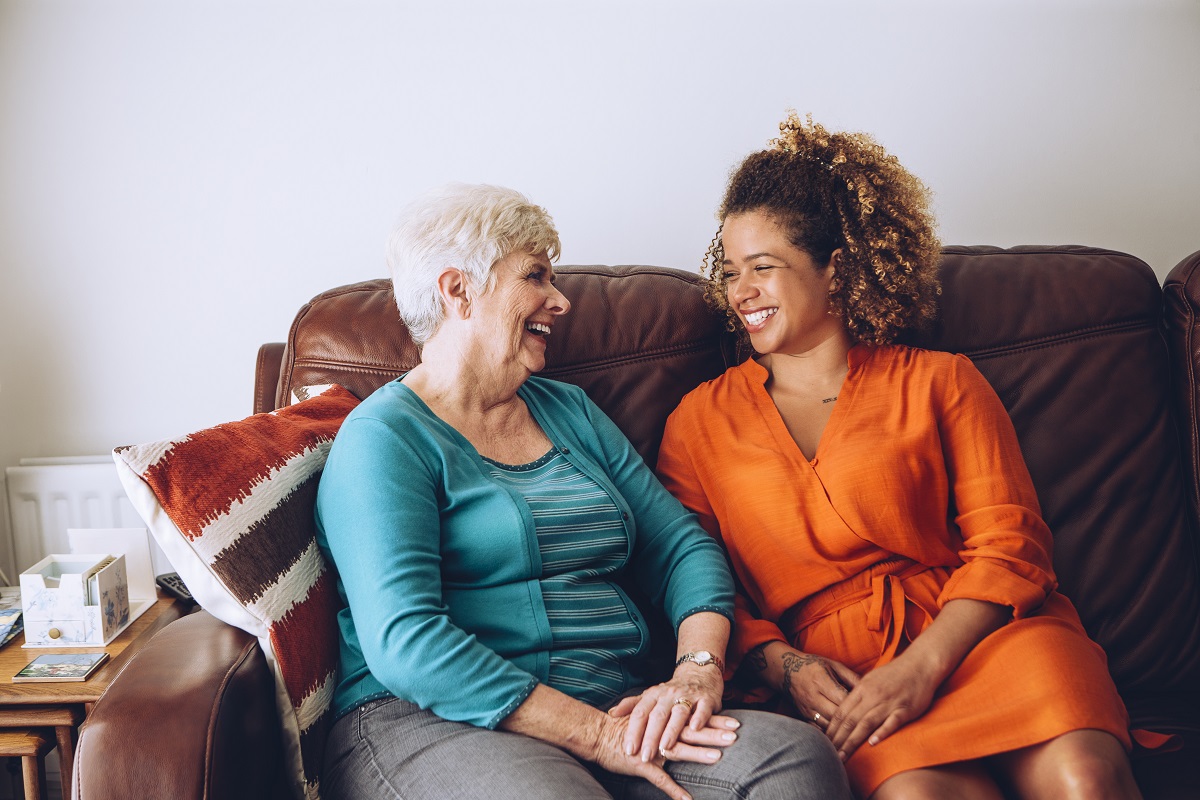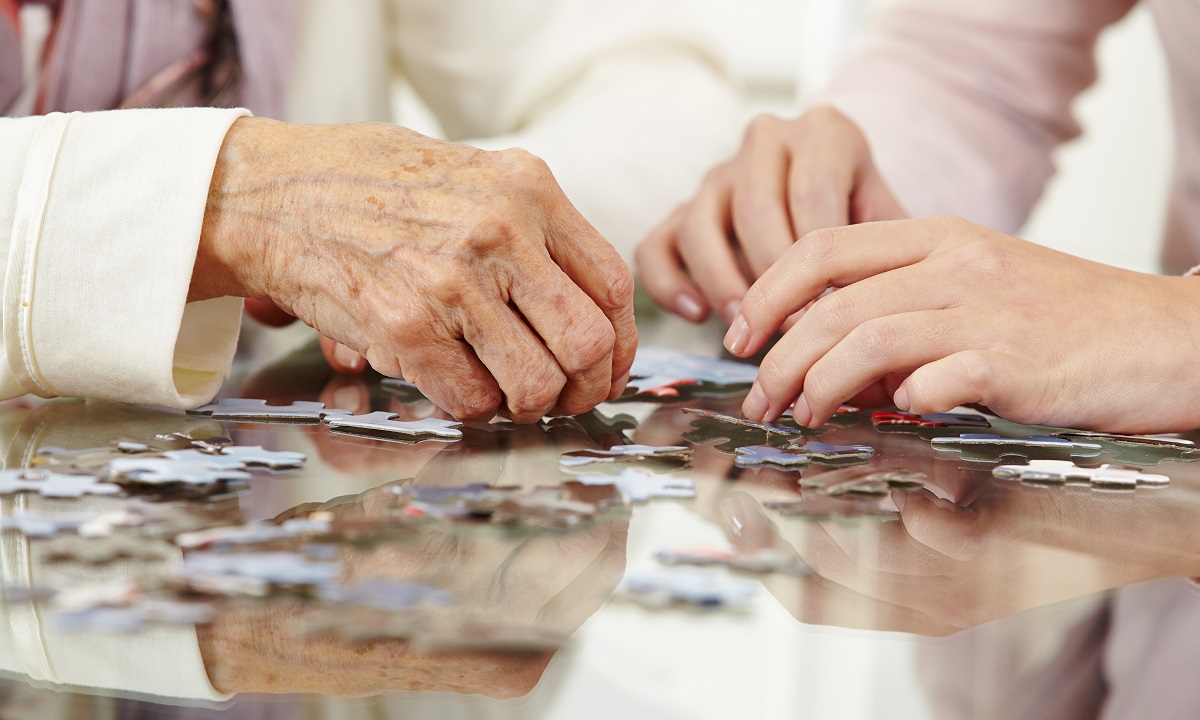As a national supermarket promises to introduce signs to help people with dementia, we reveal why simple signage can significantly improve life on the dementia journey
It’s a sad fact that people with dementia often become disorientated, even in their own home. It’s very upsetting to see someone you love struggling to find their way to the bedroom they’ve slept in for years, but there might be a simple solution…a sign.
As awareness of dementia grows, signage for the home is becoming increasingly popular, and it’s not difficult to see why. Putting a sign on a bathroom door could prevent the person you care for having an embarrassing accident, whilst a sign on a kitchen door could make it easier to prepare a meal, pour a drink and retain some independence. In fact, the more signs you put up at home, the safer it becomes for everybody.
But what happens when they step outside? Whilst hospitals and care homes are doing a fair amount to add simple signage and make their environments more dementia friendly, shops and shopping centres still lag behind.
So we were pleased to see last week that one of the UK’s big four supermarkets has finally recognised the need for signs in its public toilets. After a campaign led by a former dementia carer, Sainsbury’s has promised to install large colourful ‘way out’ signs in all of its store toilets, to prevent customers with dementia and other degenerative conditions from becoming confused.
The campaign was led by Angela Clayton Turner who admits she entered men’s lavatories in supermarkets ‘more than I care to remember’ while caring for her late husband Ted who had dementia. ‘It affected my dignity going into male toilets,’ she recalls. ‘You go in with your hands over your eyes as you aren’t quite sure what you are going to find in there.’
It’s a small but significant step. After all, if one of the big four supermarkets can see the benefits of a simple sign perhaps it won’t be long before the rest of them do too. Fingers crossed…
3 ways to use signs at home
1. Being in a new environment often increases confusion, so if you have a guest coming to stay at Christmas who has dementia it could be worth investing in a few door signs and labels. Or you could get creative and make your own (just make sure they’re stuck securely to doors and can’t be easily removed).
2. As well as putting signs on doors, why not stick labels on cupboards and drawers? Use visual cues too, e.g. pictures of pans, cutlery or cups in the kitchen, could make it easier to see what’s inside without pulling everything out.
3. Try to colour code your signs and labels depending on which room they are for. For example, all signs relating to the kitchen could be red, while all signs relating to the bathroom could be blue, and green for the garden
SHARE
Explore more




